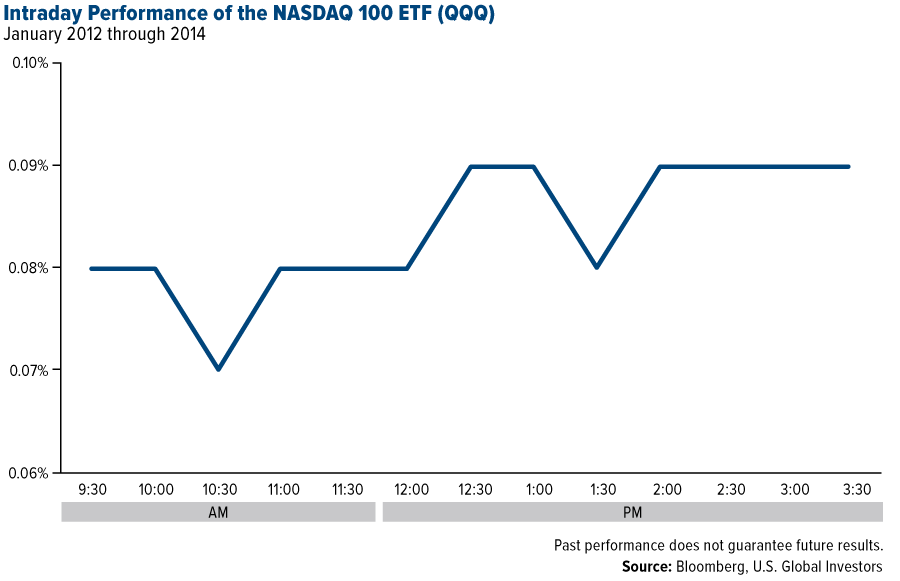Seven Factors To Consider When Evaluating Gold ETFs
Post on: 13 Апрель, 2015 No Comment

Gold ETFs are a relatively new innovation, popping up over the last several years as a tool that allows all types of investors to gain access to an asset class that has appeal for a wide variety of reasons. Gold ETFs have seen a tremendous increase in popularity since their introduction in the early 2000s, as everyone from small individual investors to billion dollar hedge fund managers have embraced the exchange-traded structure as the most efficient means of accessing precious metals.
The reasons for the tremendous popularity of gold ETFs are numerous; these vehicles allow investors to maintain an ownership interest in gold without going through the hassle of acquiring bullion and devising secure storage arrangements. Buying shares of an exchange-traded security is infinitely easier than purchasing gold bars or coins and storing in a safe deposit box or secure vault.
Gold ETFs also provide a cost-efficient means of accessing the yellow metal; most exchange-traded products charge management fees that are significantly less than 1%, and far below the costs that would be incurred to store gold locally (sign up for the free Gold ETF newsletter ).
Evaluating Gold ETFs
As the popularity of gold ETFs has skyrocketed, it shouldn’t be surprising that the number of products offering exposure to this asset class has increased tremendously as well. Investors around the globe now have a number of different choices for establishing exposure to gold. And while more choices is almost always a positive development for investors, navigating through all the options to find the one that is most suitable to specific objectives can be a challenging task. Below, we walk through seven criteria that should be considered when trying to find the gold ETF that is best for you or your client:
1. Best Approach To Gold Exposure: Commodity Or Equities?
Gold is one of the most widely followed commodities in the world, and many investors considering a gold ETF are likely interested in a product whose underlying assets consist either of gold bullion or physical gold. But one increasingly popular option for gold exposure involves investing in the stocks of companies engaged in the extraction and production of the precious metal [see also 50 Excellent Tools, Resources, and Blogs For Gold Bugs ].
Like any company, the profitability of a gold miner is impacted by the prevailing market price for the goods sold. So when gold prices climb higher, companies whose operations focus around mining and selling gold see their profitability increase—and vice versa. As such, there tends to be a relatively strong correlation between spot gold prices and the profitability of gold miners (and therefore the value of their stock).
There are some potential advantages and potential drawbacks to this strategy. Because gold miners often maintain significant fixed costs that remain stable regardless of gold prices, these securities often trade as a leveraged play on spot gold prices. That can be either a pro or a con; investors looking to bet big on gold may appreciate the effective leverage, while those with a lower risk tolerance may not. Unlike gold bars, gold mining companies have an identifiable stream of cash flows generated from their operations. A gold coin will never make a distribution or coupon payment, making fundamental valuation of the metal challenging. But gold miners generate regular cash flow, a characteristic that some investors value.
Scenario 1: Gold = $1,000/ounce
Scenario 2: Gold = $2,000/ounce














